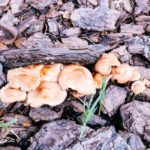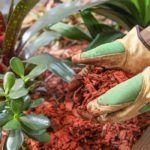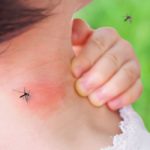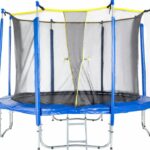If you spend a lot of time in your backyard, you know what an escape it can be from the every-day! Especially in the nice warmer spring/summer months, a backyard can be a great escape to recharge…unless you have pests bothering you! Many people struggle with flies in their backyard, for instance, which can really ruin the moon.
Standing water and compost, among other things, can attract flies to your backyard and offer a place for them to spawn and multiply. You can buy candles or traps to handle the flies, or create your own fly traps. Some plants, like basil, lavender, and peppermint have essential oils that repel flies.
You deserve to enjoy your space, and constant flies in the backyard can make it feel like you don’t really have that space at all. Let’s look at the ways you can handle these flies once and for all, to get back to enjoying your yard!
How to Get Rid of Backyard Flies
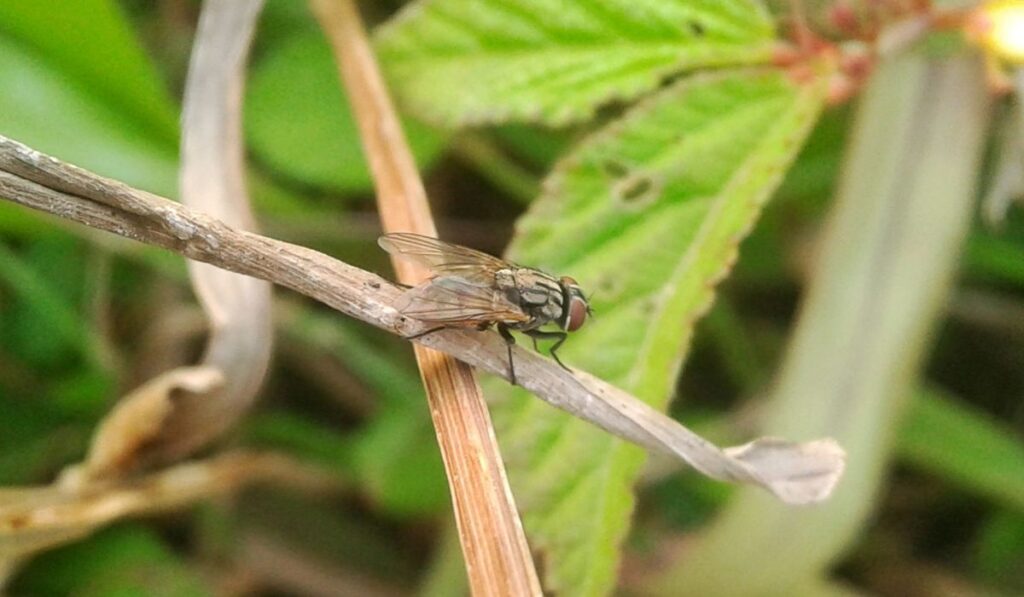
Flies are a nuisance in any home, especially during the summer months when they seem to be everywhere. Not only are they annoying, but they can also carry diseases and contaminate food.
Fortunately, there are several effective ways to get rid of backyard flies, ranging from using specific products to natural remedies. In this article, we will explore the different tactics to help you eliminate these pesky insects from your home.
Pine Sol & Other Effective Products to Try (use Amazon links – essential oils, pine sol, any other repellents)
Pine Sol is a household cleaner that is commonly used to clean and disinfect floors, walls, and surfaces. However, it is also an effective way to get rid of backyard flies.
To use Pine Sol, mix 1/4 cup of Pine Sol with 1 gallon of water and use the solution to clean your floors and surfaces. The scent of Pine Sol is a natural fly repellent that will keep the flies away. You can also use other products that contain natural essential oils like lemongrass, lavender, or peppermint, which are also known to repel flies.
Another product that people seem to get good results with is Aunt Fannie’s FlyPunch! Fruit Fly Trap (on Amazon), which is made with non-toxic ingredients and natural essential oils. This product is easy to use, simply place the trap in areas where flies are most prevalent, and the scent will attract and trap the flies inside. The trap is also safe to use around pets and children.
Another effective product to try is the TERRO Fruit Fly Trap, which uses a liquid lure to attract and trap fruit flies. This product is also easy to use, and the lure is made with all-natural ingredients, making it safe to use around food.
Make DIY Fly Strips/Fly Traps
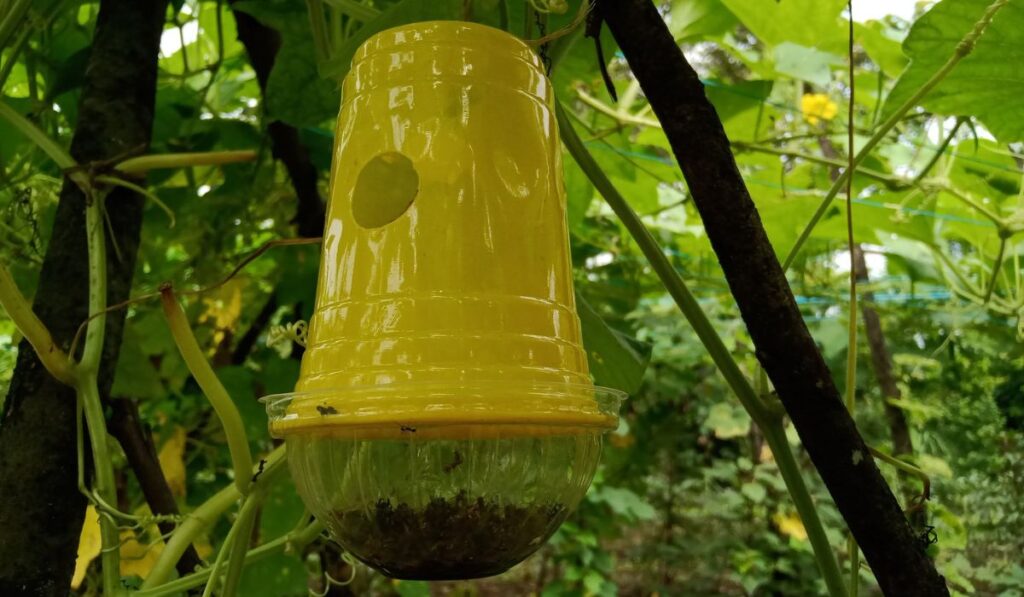
If you prefer a more hands-on approach, you can make your own fly strips or fly traps. These are easy to make and can be just as effective as store-bought products.
To make your own fly strips, you will need some brown paper, honey or corn syrup, and string. Cut the paper into strips and coat them with honey or corn syrup. Then, punch a hole in the top of the strip and tie a string through it. Hang the strips in areas where flies are most prevalent, and the sticky surface will trap the flies.
To make a fly trap, you will need a plastic bottle, apple cider vinegar, and dish soap. Cut the top off the bottle and invert it, so it looks like a funnel. Pour some apple cider vinegar into the bottle and add a few drops of dish soap. The vinegar will attract the flies, and the soap will break the surface tension, causing the flies to drown.
A few tips to consider include using a more potent attractant, like vinegar or a mixture of sugar and yeast, and ensuring that the trap is in a location where flies are most active. It’s also essential to monitor the trap’s effectiveness regularly and replace it when necessary. It’s important to ensure that the traps are effective and can capture a large number of flies.
Use Fans and Candles (add any additional H3s as necessary to reach word count)
Fans and candles are another effective way to get rid of backyard flies. Flies are not strong fliers, and a gentle breeze from a fan can make it difficult for them to fly around. Place a fan in areas where flies are most prevalent, and the breeze will keep them away.
Candles are also effective because they produce a scent that is unpleasant to flies. Citronella candles are a popular choice because they contain citronella oil, which is a natural fly repellent. You can also use candles that contain essential oils like lavender or eucalyptus, which are also known to repel flies.
Plants that Repel Flies
If you prefer a natural solution, there are several plants that repel flies. Other plants that repel flies include mint, lavender, peppermint, and marigolds.
To use these plants to repel flies, simply plant them in areas where flies are most prevalent.
Natural remedies like essential oils and plants are believed to repel flies due to their strong scents that mask the odors that attract flies. Peppermint, for example, contains menthol, which flies find unpleasant, while lavender produces a strong aroma that overpowers other smells.
Understanding how these remedies work can help readers choose the right method for their needs and feel more confident in their effectiveness…and it will help you decide where to put them!
What Causes Backyard Flies Anyways?
There are several factors that can cause an increase in the number of flies in your backyard. One of the most common causes is poor sanitation.
Flies are attracted to dirty environments, and if you leave food scraps or pet waste lying around, they will quickly become a breeding ground for flies.
Another cause of backyard flies is standing water. Flies need water to breed, and if you have any standing water in your yard, such as in a birdbath or a clogged gutter, it can provide the perfect environment for them to reproduce.
Additionally, compost piles can attract flies. While composting is a great way to reduce waste and create nutrient-rich soil for your garden, it can also attract flies if not managed properly.
Understanding the Life Cycle of Flies in Your Yard
To effectively get rid of backyard flies, it’s important to understand their life cycle. The life cycle of a fly can be broken down into four stages: egg, larva, pupa, and adult.
The adult female fly lays her eggs on decaying organic material such as food waste, animal feces, or compost. The eggs hatch into larvae, which are commonly known as maggots. These maggots feed on the decaying organic matter and grow rapidly. After several days, the larvae move away from their food source and burrow into the ground to pupate.
During the pupa stage, the larvae transform into adult flies. This stage can last several days to several weeks, depending on environmental conditions such as temperature and humidity. Once they emerge from their pupal casing, they are fully developed adult flies.
Different types of flies require different methods of control, and it’s important to understand the types of flies commonly found in backyards. Common flies include fruit flies, house flies, and blowflies, which have different breeding sources and life cycles. Understanding the specific type of fly present can help readers choose the most effective method of control.

